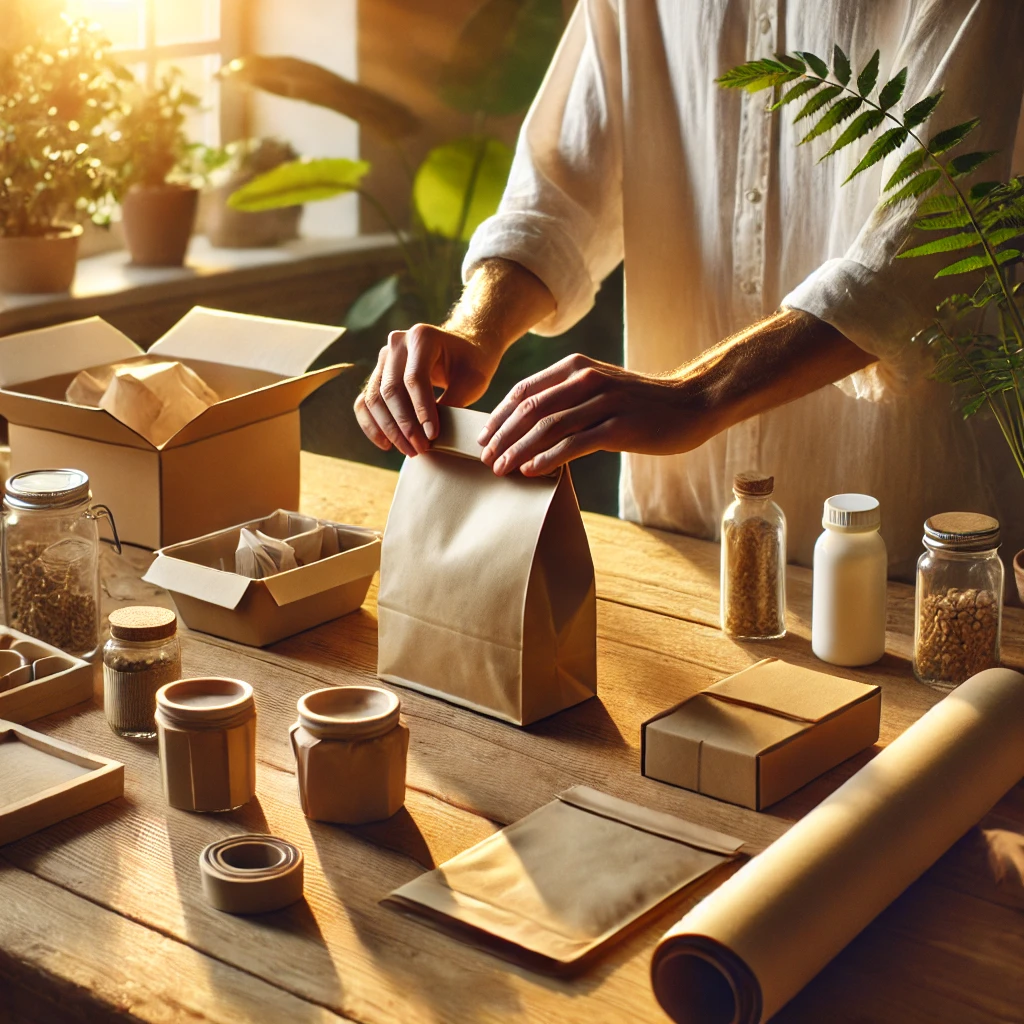Compostable vs. Biodegradable: What’s the Difference?

Biodegradable Packaging :
Biodegradable packaging refers to materials that can naturally break down into non-toxic components
like water, carbon dioxide, and biomass. This process is driven by microorganisms such as bacteria
and fungi.
However, biodegradable doesn’t always mean fast or complete. Some biodegradable materials may take
years to decompose, and some may only do so under specific environmental conditions. If they end up
in a landfill without enough oxygen, even biodegradable materials can persist much longer than
expected.
Compostable Packaging :
Compostable packaging goes a step further. It is not only biodegradable, but also breaks down into
nutrient-rich compost under specific conditions—usually in a composting facility or a home compost
bin. To be labeled compostable, packaging must meet strict standards, including:
- Breaking down within a specific time (usually 90 days)
- Leaving no toxic residue
- Supporting soil health by enriching it with organic material


